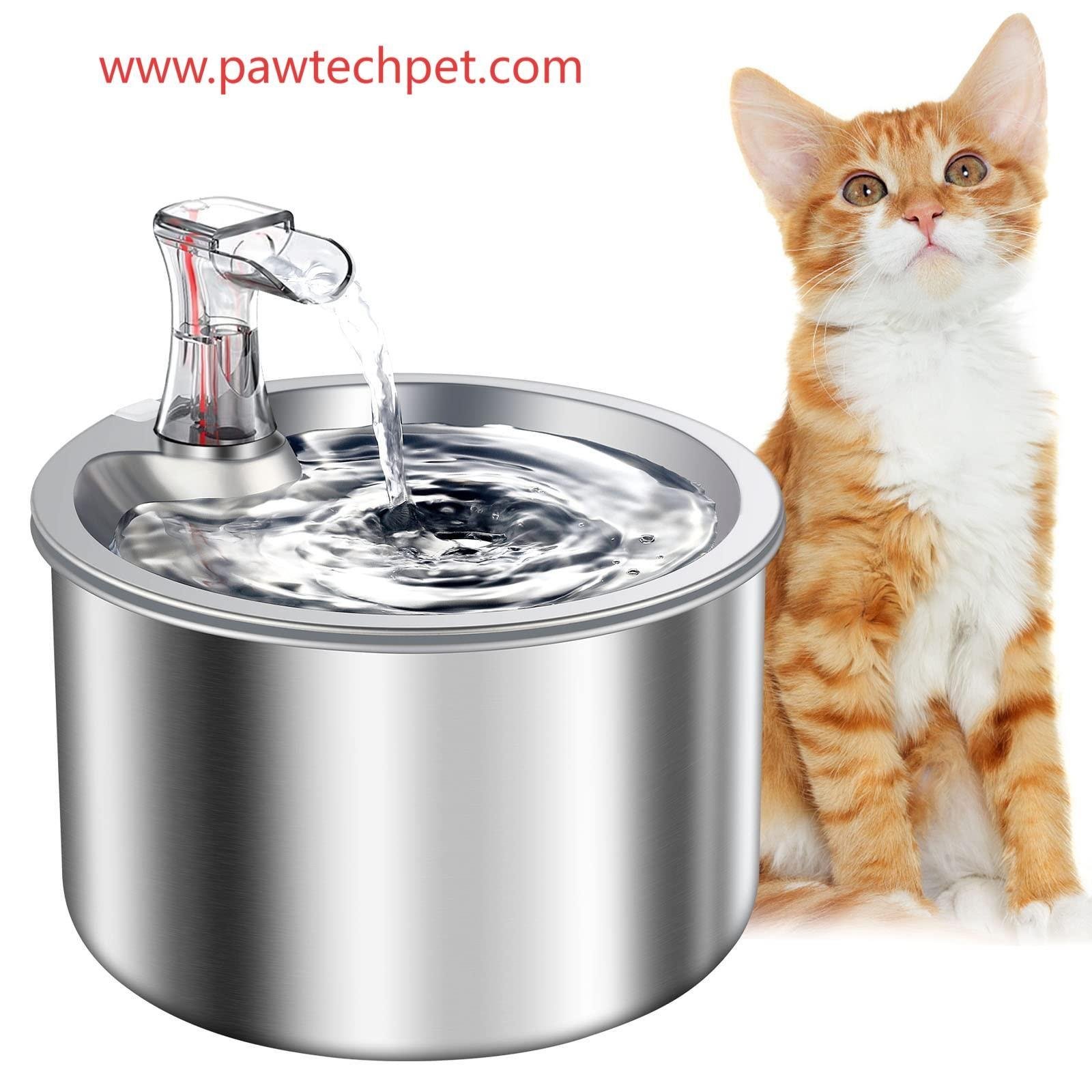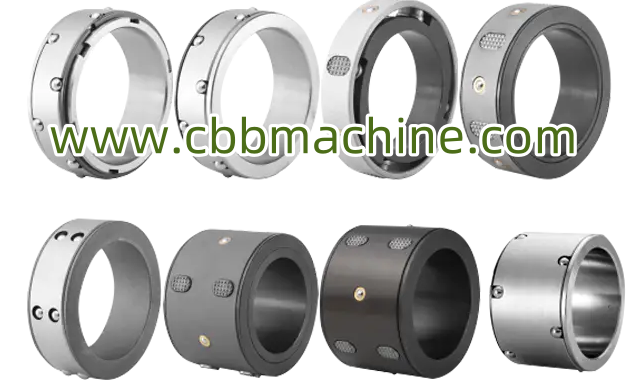Tubular Superheater Designs: Improved Heat Transfer Solutions

Tubular Superheater Designs - Widely used in boilers for uniform heat transfer.
The heart of any high-pressure superheater is its tubular design, which must balance heat transfer efficiency with structural integrity and resistance to erosion/corrosion. The vast majority of superheaters employ a serpentine tube configuration, where tubes are arranged in banks (or pendants) and connected by headers. Key design variables include the tube material, the diameter of the tubes, the wall thickness, the tube pitch (spacing), and the number of steam passes.
For maximum heat absorption and space efficiency, convection superheaters often use smaller diameter tubes with thinner walls and tighter pitch. Conversely, to mitigate fouling and erosion from flue gas, radiant superheaters positioned in the furnace are often designed with larger tubes and wider pitch. A recent, innovative development in tubular design, often enabled by advanced manufacturing techniques like Additive Manufacturing (3D printing), is the exploration of non-circular tube geometries, such as teardrop or ogive shapes.
Computational Fluid Dynamics (CFD) analysis has shown that these unconventional shapes can reduce aerodynamic drag on the tube, minimize ash deposition, and improve the overall creep life by optimizing thermal distribution around the tube circumference. While still in early stages of adoption, this represents a significant future direction for optimizing the thermal and mechanical performance of superheater tubes, particularly in biomass-fueled applications where fouling is severe.
FAQs:
Q: What is the significance of "tube pitch" in tubular superheater design?
A: Tube pitch refers to the center-to-center distance between adjacent tubes. In convection sections, a tight pitch maximizes heat transfer but increases the risk of fouling. In radiant sections or where high ash is present, a wider pitch is used to allow flue gas to pass more easily, reducing fouling and making soot blowing more effective.
Q: How does Additive Manufacturing (3D printing) potentially improve superheater tube design?
A: AM offers the ability to create complex, non-conventional tube shapes, like the teardrop design, that would be difficult or impossible to manufacture with traditional methods (e.g., bending, rolling). These shapes can be optimized using CFD to reduce erosion, minimize ash build-up, and extend component life.
Q: Why is the wall thickness of a superheater tube a critical design parameter?
A: Wall thickness is a trade-off. A thicker wall increases the tube's resistance to internal pressure (hoop stress) and prolongs its creep life. However, a thicker wall also increases the temperature difference across the tube, leading to higher external metal temperatures, which accelerates corrosion and creep failure. Designers must select the minimum safe thickness.
More Relate Reports:
Submersible Pumps For Mining Sector Market






